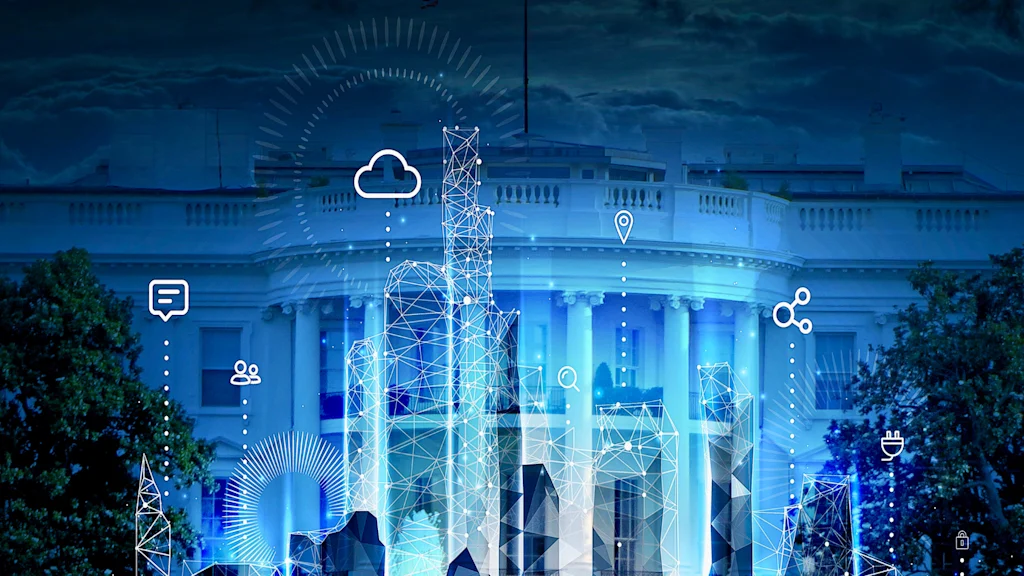Copyright Fast Company

Public servants manage a geographically distributed group of people across dozens of public and private organizations daily. Cybersecurity officials work with state and federal counterparts, and homelessness coordinators work with public health departments and nonprofits. State veterans affairs departments sit at the intersection of educational and health benefits along with housing and job assistance. From my conversations with public servants across the country, it’s clear that most critical government functions cannot happen without collaboration. This makes it paramount to have a deep understanding of who does what across dozens of organizations for government to function effectively. ENTER THE CRM The dominant modern tool for tracking relationships and managing contacts is customer relationship management software, simply referred to as a CRM. While CRMs arose to help sales teams manage their networks, they’re widely used today as contact managers. Subscribe to the Daily newsletter.Fast Company's trending stories delivered to you every day Privacy Policy | Fast Company Newsletters And yet the focus on closing sales dominates CRM product design. One CRM company aims to help its users “attract more prospects, close more deals, and strengthen customer relationships.” Another says the goal of its CRM “is simple: Improve relationships to grow your business.” A third CRM aims to be “the sales assistant your team never had.” But government employees don’t sell. They need a network map of people to identify the individuals, organizations, and skill sets to achieve different purposes. These purposes depend on the initiative, like what policy they’re implementing, what guidance they’re finalizing, or what community initiative they’re managing. So public servants have two ill-fitting options for managing relationships. One approach is tracking contacts manually, constantly referring back to their inbox and past emails, or copy-pasting from lists in spreadsheets that quickly go out of date. The other option is to force CRMs—which are designed for sales—to serve as coordination tools, a mismatch between purpose and function. GOVERNMENT EMPLOYEES AREN’T TRACKING SALES FUNNELS The mismatch causes problems when CRMs are deployed for government initiatives. CRMs are built to support a linear sales process—a deal is won, lost, or in progress. So CRMs categorize prospects by their progression through the “sales funnel,” quantify sales rep performance, and generate insights about pipeline size and time to close deals. But government agencies don’t have a sales funnel. Their work hinges on knowing who’s who across public, private, and nonprofit organizations because their work is embedded in overlapping networks. Imagine a state employee named Jess. Jess spearheads an initiative to reduce homelessness, leads coordination efforts with the state’s public health agency, and is the point of contact for homeless shelters. By virtue of this work, Jess also participates in a working group of state, county, and local agencies addressing homelessness. She also serves on the board of an organization that convenes state agencies addressing homelessness in the same region. A typical CRM would try to locate Jess in a nonexistent sales funnel. A CRM built for government would capture Jess’s different roles across many groups and operations. And it would let its users leverage this information at the right time for the right action or communication. PUBLIC SERVANTS NEED ONGOING RELATIONSHIP CONTEXT The reality of overlapping networks in government operations leads to the second misalignment: data enrichment over time. In a CRM, data enrichment refers to the attributes that can be identified and recorded about a person or entity. For private companies, data enrichment isn’t thatvital—they want to move prospects through the sales funnel toward a deal. Their customer segments are generally well-defined, so they need to know basic information about prospects, like name, title, and organization. Depth of knowledge is secondary. And while some information may change, that hardly matters once the deal is closed, meaning data enrichment has diminishing returns over time in traditional CRMs. advertisement But for government agencies, ongoing data enrichment is a critical CRM capability. Public servants must activate geographically and organizationally distributed groups of people for countless initiatives occurring in parallel. The richer the context, the better. This is the difference between simply knowing that Jess participates in a working group and capturing every role she plays in all her different capacities—and having that information autonomously updated. The people and organizations public servants need to coordinate with are always changing, too. Government agencies’ network maps, organized in a CRM, are multi-layered, always in flux, and a mission critical resource. PUBLIC SERVANTS DESERVE PURPOSE-BUILT TECHNOLOGY The only way to effectively manage ever-changing groups of people and organizations and align them with government operations is to have a CRM that prioritizes data enrichment over time. Government, unlike sales, doesn’t have a defined end. A new class of government-centric CRMs should treat contacts as members of overlapping networks. They should capture attributes relevant to government work and update continuously, managing contact attributes as they change in real time, so public servants can spend their time collaborating with those contacts to do their job. This should be table stakes for a government CRM. Public servants also work as teams and need easier ways to operationalize their network, like with more reliable mass email sending. We are at an inflection point where governments across the country are being asked to do more with less. Technology should enable, not be an obstacle. CRMs, despite their centrality to government operations, remain an obstacle because they are not built for government work. So what are public servants to do? Their best, which means trying to make a tool work and fighting against it, because it wasn’t designed to address their needs and maximize their capabilities. In my conversations with public servants, a recurring theme is the need to track the people and organizations that matter to the mission. Our driving conviction at Civic Roundtable is that government employees deserve better. They deserve software designed, built, and deployed specifically for government operations. The CRM deserves a rethink in service of public servants. Madeleine Smith is cofounder and CEO of Civic Roundtable.



